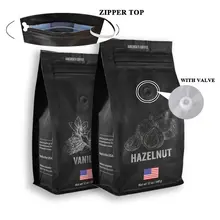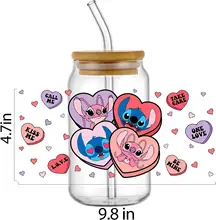Pouch packaging is a flexible packaging material that is made from lightweight materials like foil, film, cap fitments and more that holds liquid products. Designed with the flexible needs of customers in mind, packing pouches are used in several applications including tea bag packaging and general sachet packaging.
Pouches can be stored in ambient temperatures, helping products maintain their freshness over long periods. Additionally, they are compact, lightweight and have minimal waste product due to their material that breaks down as it is used.
What Material is Used for Pouch Packaging?
There are a wide variety of materials used in making pouch packages. It can be made of one or several layers of aluminium foil, vapour-deposited film, plastic film or other materials depending on the product it is designed to house and its shelf life requirements.
For example, paper pouches are cheaper but have lower shelf life than foil pouches and cannot hold some kinds of liquid products. Foil pouches on the other hand do not offer the same level of product protection that bubble wrap pouches do.
Poly packaging bags
Poly packaging bags are clear transparent plastic bags made for packaging and shipping various types of products, mostly in liquid form. The bag is made out of polyethylene, one of the most common plastic formulations available today, hence the name. Poly packaging bags can be made from a thin film of polyethylene or thicker films depending on their intended use.
Paper Pouch
Easily one of the most popular packing pouches today, paper pouches are made with paper, usually kraft paper. They can be made with either recycled or virgin fibres for customer use. Paper pouches are commonly used as shopping bags and for packaging some consumer goods and edibles. More durable custom stand up pouches may be used for day-to-day transport activities.
Retort Packaging
Retort packaging bears resemblance to plastic packaging. It is a thin, flexible, lightweight laminated plastic material used to hold processed foods. It can be used to replace the glass and can containers while offering the benefit of a thin lightweight container and retaining the longevity of traditional food preservation methods.











































 浙公网安备 33010002000092号
浙公网安备 33010002000092号 浙B2-20120091-4
浙B2-20120091-4